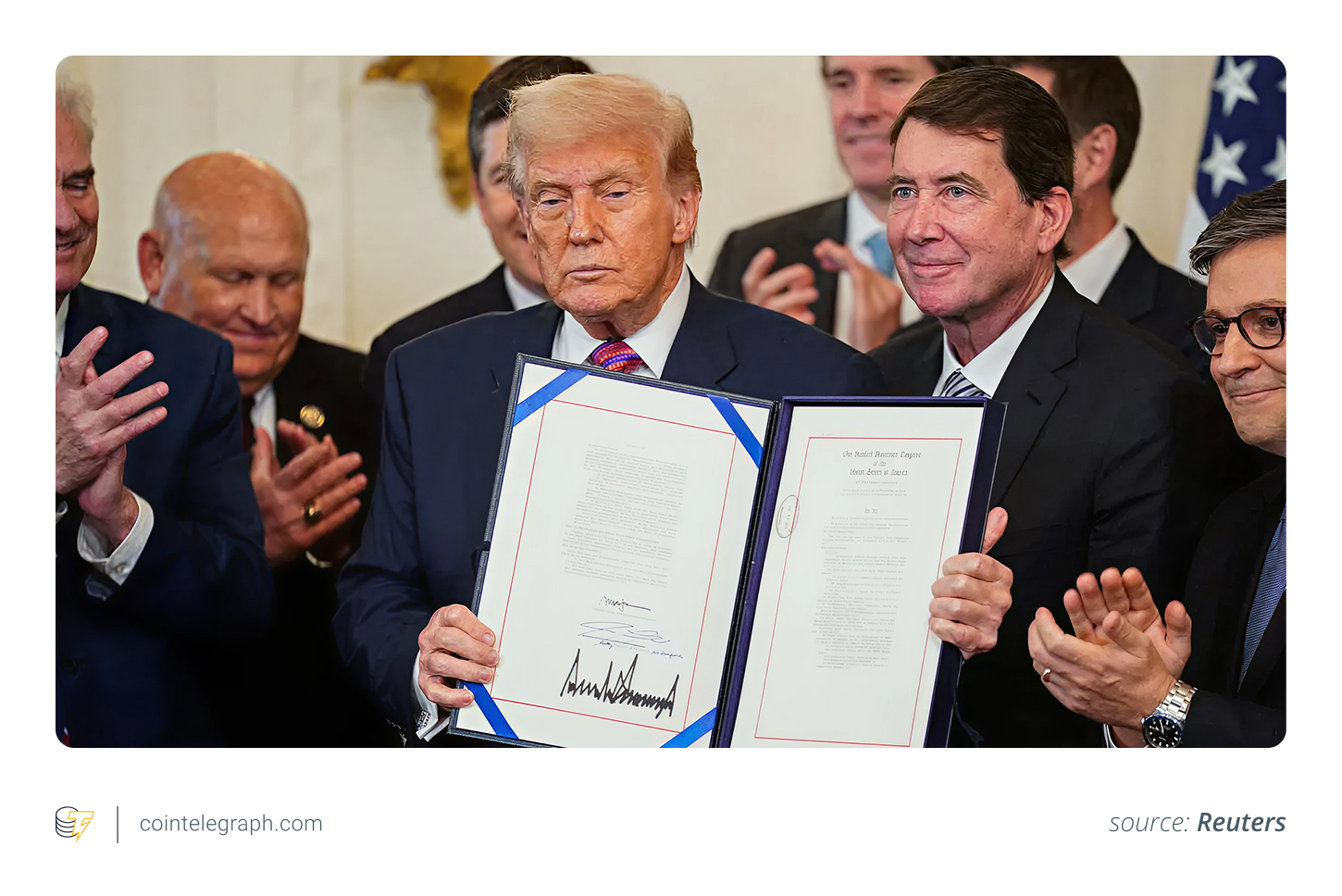
Bitcoin‘s Institutional Coming-of-Age
The year 2025 marked a significant turning point for Bitcoin. The flagship cryptocurrency transcended its speculative roots, transitioning into a structured component of the global financial system. The symbolic crossing of the $100,000 threshold represented more than just speculative excitement; it signified a deepening institutional embrace. Spot Bitcoin exchange-traded funds (ETFs) facilitated the entry of Bitcoin into the portfolios of asset managers, pension funds, and corporate treasuries. Daily ETF inflows became a critical gauge of market confidence, underscoring a shift away from the high-leverage trading of previous cycles. Banks, too, began integrating Bitcoin into their balance sheets, with Italy’s largest bank, Intesa Sanpaolo, initiating its first proprietary Bitcoin trade.
Governments, recognizing Bitcoin‘s potential, began exploring its use as a strategic reserve asset. The establishment of a strategic Bitcoin reserve by the US, supported by forfeited BTC, highlighted Bitcoin‘s emerging role in national financial strategies. The Czech National Bank’s consideration of adding Bitcoin to its strategic reserves further signaled this trend, solidifying Bitcoin‘s growing acceptance within established financial institutions.
The GENIUS Act: Ushering in Stablecoin Regulation
In 2025, stablecoins graduated from trading tools to regulated payment and settlement assets. The landmark GENIUS Act, signed into law in the US, established the first comprehensive federal framework for payment stablecoins. This legislation clarified that qualified stablecoins were not securities, creating a unified federal licensing and oversight regime for issuers. Furthermore, the act mandated full 1:1 reserve backing with high-quality, liquid assets, and demanded regular public disclosures of reserve composition. Only approved and qualified entities, such as subsidiaries of insured depository institutions, could issue stablecoins, subject to stringent standards for capital, liquidity, and risk management. This Act provided crucial safeguards for financial stability and fostered a more coordinated regulatory environment, addressing concerns surrounding a fragmented monetary landscape.
Real-World Asset Tokenization Gains Ground
Real-world asset (RWA) tokenization experienced remarkable expansion in 2025, with onchain value exceeding $30 billion. Driven by tokenized US Treasurys and private credit, institutional adoption became increasingly prevalent. Platforms like BlackRock’s BUIDL fund brought US Treasurys onchain, distributing daily interest and amassing significant total value locked (TVL) across multiple blockchains. Tokenization’s advantages, including fractional ownership, 24/7 liquidity, and cross-chain interoperability, attracted increasing attention. Institutions such as JPMorgan and Apollo integrated RWAs into DeFi, effectively blurring the lines between traditional finance and blockchain technology. Tokenized US Treasurys quickly became a leading category in DeFi, offering appealing onchain yields and cementing tokenization’s place as a fundamental pillar of the crypto ecosystem.
DeFi‘s Perpetual Futures and Ethereum‘s Continued Dominance
DeFi perpetual futures saw an impressive rise in 2025, with monthly trading volume exceeding $1 trillion. Platforms like Hyperliquid achieved levels of speed and depth comparable to centralized exchanges. This growth indicated sustained market positioning rather than short-lived speculative activity. Hyperliquid’s HIP-3 upgrade, enabling permissionless market creation, fostered innovation in new asset classes like equities and RWAs. Sub-second execution and deep liquidity on these platforms further narrowed the gap between centralized and decentralized exchanges, demonstrating the maturity and evolution of the DeFi space. Ethereum, meanwhile, solidified its foundational role in the blockchain ecosystem. Strategic upgrades and growing institutional adoption strengthened its position. The Pectra upgrade improved transaction throughput, while spot Ether ETFs attracted billions in inflows, signaling strong institutional demand. Regulatory clarity from the SEC further solidified Ethereum‘s role as a resilient settlement layer for Web3.
Solana‘s Transformation and Industry Security Challenges
Solana underwent a significant transformation in 2025. It addressed its previous network instability issues and exhibited considerable improvements in reliability and performance. The introduction of Firedancer further enhanced Solana‘s redundancy and processing capacity, leading to expanded applications. The integration of Solana into institutional and derivatives markets occurred. The industry also faced persistent security challenges. The total amount stolen from cryptocurrency services surpassed figures from previous years, emphasizing that security continues to be a major obstacle. The growing sophistication of attackers, including AI-driven attacks, led to a greater emphasis on cybersecurity across the industry.
- Bitcoin enters an institutional phase
- Passing of the GENIUS Act
- The rise of real-world asset tokenization
- Onchain perpetual futures and the Hyperliquid milestone
- Ethereum strengthens its core role
- Solana’s transformation
- Industry addresses security challenges



